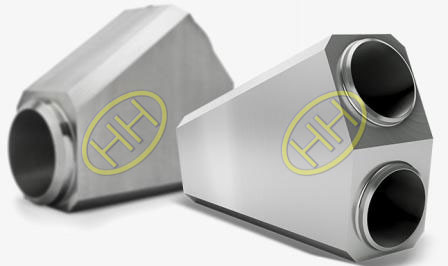
Exploring Lateral Pipe: Enhancing Plumbing Efficiency
Understanding Lateral Pipe Systems
Lateral pipe systems play a crucial role in modern plumbing infrastructure. These systems, also known as branch lines, are responsible for distributing water from the main supply line to individual fixtures and appliances within a building. Understanding how lateral pipe systems work is essential for ensuring efficient water distribution and maintaining the integrity of the plumbing network.
The Functionality of Lateral Pipe
At its core, a lateral pipe serves as a conduit for transporting water to specific points of use within a building. These pipes typically branch off from the main supply line and extend horizontally to connect to sinks, showers, toilets, and other fixtures. By delivering water directly to where it is needed, lateral pipes help optimize plumbing efficiency and minimize wasted water.
Types of Lateral Pipe Materials
Lateral pipes are available in a variety of materials, each with its own unique properties and advantages. Common materials used for lateral pipe installation include copper, PVC (polyvinyl chloride), PEX (cross-linked polyethylene), and CPVC (chlorinated polyvinyl chloride). The choice of material depends on factors such as cost, durability, and compatibility with the specific application.
Installation Techniques and Best Practices
Proper installation is critical for the effectiveness and longevity of lateral pipe systems. Installers must carefully plan the layout of the pipes, ensuring that they are properly sized and routed to minimize friction loss and pressure drops. Additionally, attention to detail is essential when making connections and joints to prevent leaks and ensure a secure fit.
Maintenance and Inspection
Regular maintenance and inspection are essential for keeping lateral pipe systems in optimal condition. Periodic checks should be performed to identify any signs of corrosion, leaks, or damage that could compromise the integrity of the pipes. Routine maintenance tasks may include flushing the pipes to remove sediment buildup and inspecting valves and fittings for signs of wear or malfunction.
Advancements in Lateral Pipe Technology
Advancements in technology have led to the development of innovative lateral pipe solutions designed to enhance plumbing efficiency and performance. Smart pipe systems equipped with sensors and monitoring devices enable real-time tracking of water usage, detecting leaks, and identifying potential issues before they escalate. These technological advancements not only improve water conservation but also help reduce maintenance costs and downtime.
Applications of Lateral Pipe Systems
Lateral pipe systems are used in a wide range of residential, commercial, and industrial applications. In residential settings, they are essential for supplying water to kitchens, bathrooms, and laundry rooms. In commercial buildings, lateral pipes support a variety of functions, including restroom facilities, kitchen operations, and heating and cooling systems. In industrial settings, they play a critical role in processes such as manufacturing, processing, and wastewater treatment.
Challenges and Considerations
Despite their many benefits, lateral pipe systems also pose challenges that must be addressed. Factors such as pipe material selection, sizing, and installation can significantly impact the performance and longevity of the system. Additionally, environmental factors such as temperature fluctuations and soil conditions can






![Everything You Need to Know Hermes’ [Bag Name] Everything You Need to Know Hermes’ [Bag Name]](https://images.unsplash.com/photo-1507666664345-c49223375e33?fm=jpg&q=60&w=3000&ixlib=rb-4.0.3&ixid=M3wxMjA3fDB8MHxzZWFyY2h8MTN8fGhlcm1lcyUyMHBhcmlzJTIwYmFnfGVufDB8MHwwfHx8Mg%3D%3D)


